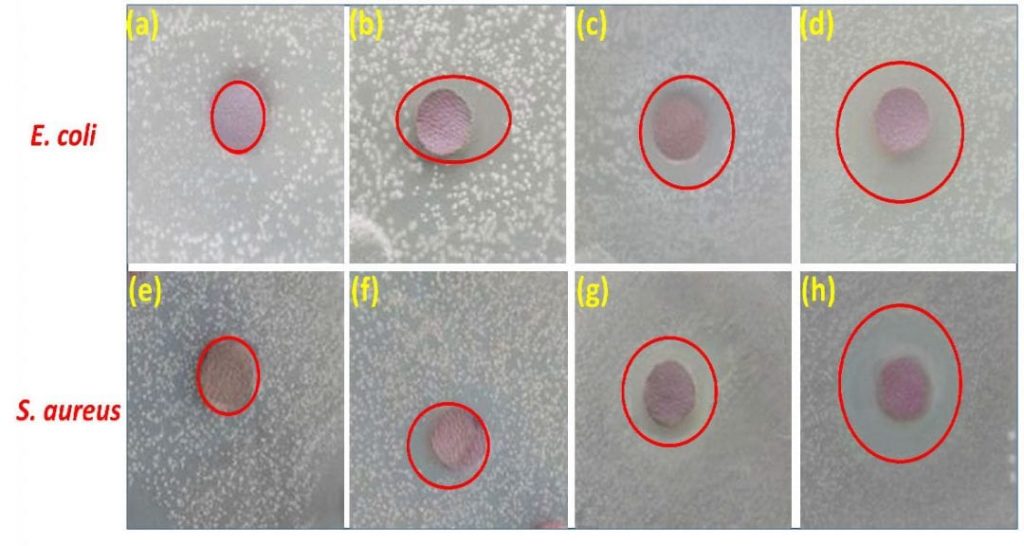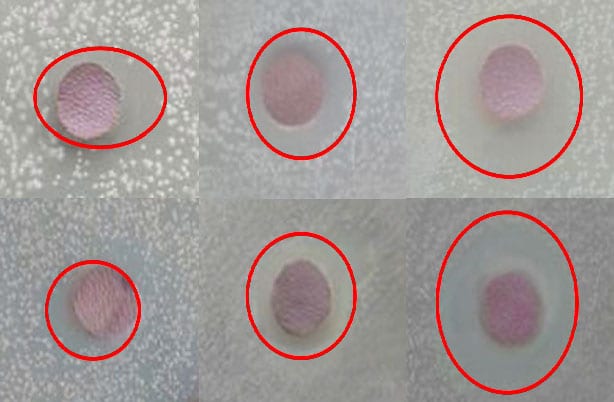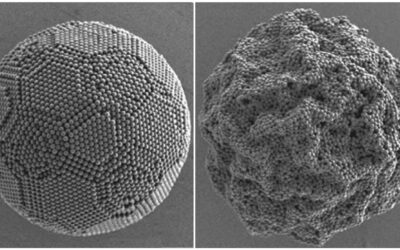The collagen network of leather provides an ideal environment for the rapid growth of bacteria and fungi. Such microbial growth leads to material degradation and generates unpleasant smells. In order to combat microbial growth, researchers from China’s Sichuan University have created an antimicrobial polymer coating for leather that is both economical and environmentally friendly. The work is reported in a recent issue of the Journal of Applied Polymer Science.
The antimicrobial polymer is based on chitosan, a hydrophilic polysaccharide derived from chitin, which is found naturally in the outer skeletons of insects and crustaceans. Chitosan has well known antimicrobial properties and is effective against gram-negative and gram-positive bacteria as well as fungi. However, on its own, chitosan is difficult to adhere to leather using environmentally friendly methods due to the low solubility of chitosan in water.
To overcome such difficulties, the researchers grafted poly(ethylene glycol) (PEG) to chitosan to create a copolymer with high antimicrobial efficiency and non-fouling properties. Upon grafting, the water solubility of chitosan improves, leading to facile application of the polymer to the leather surface. The grafted PEG chains also prevent the adhesion of microorganisms on the coating, limiting both cellular build-up and microbial growth.
Adhering the copolymer to leather is a simple process. Leather samples were immersed in an aqueous solution of the copolymer for two hours then dried at room temperature. The samples where then exposed to either E. coli, a gram-negative bacteria, or Staphylococcus aureus, a gram-positive bacteria. After incubation for 18 hours, a bacteria-free zone surrounded the leather sample. Copolymer samples exhibited greater antimicrobial activity than chitosan alone, likely due to the role the PEG chains play in preventing bacterial adhesion.

Bacteria-free zones around (a, e) pure leather, (b, f) chitosan-coated leather, (c, g) PEG-g-chitosan(4%)-coated leather, and (d, h) PEG-g-chitosan(8%)-coated leather.














